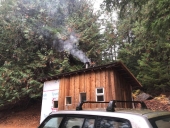
 10
10




 8
8




 7
7




 7
7




 14
14




 11
11




 8
8





 3
3




How Permies works: https://permies.com/wiki/34193/permies-works-links-threads
My projects on Skye: The tree field, Growing and landracing, perennial polycultures, "Don't dream it - be it! "
 10
10




 9
9




 13
13




 9
9




Austin Shackles : email anshackles"at"gmail.com.
 13
13




 12
12




 11
11




 7
7




 9
9




 7
7





|
I yam what I yam and that's all that I yam - the great philosopher Popeye. Tiny ad:
Learn Permaculture through a little hard work
https://wheaton-labs.com/bootcamp
|







